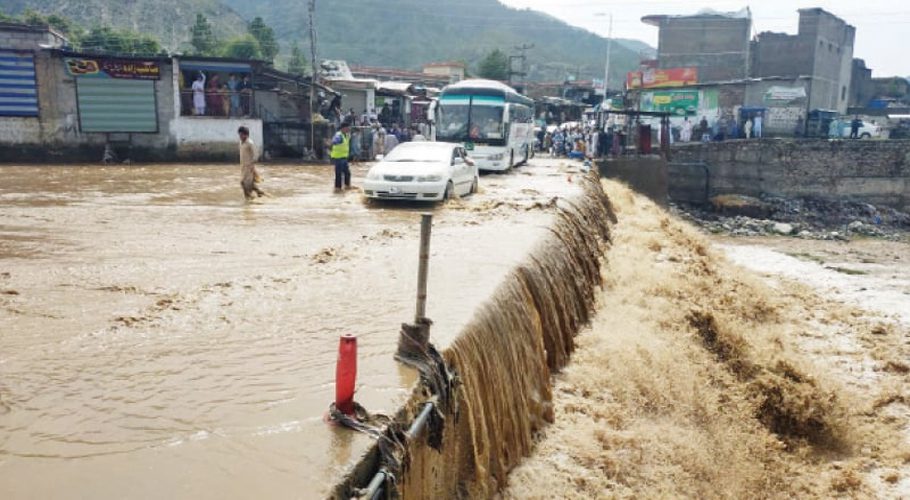The water shortage in the Indus River has broken a 25-year record, as reported by national media on Thursday.
According to the in-charge of the control room, in 2022, the Indus River faced a 40% water shortage, and at Sukkur Barrage, the maximum water shortage in the past 25 years was recorded at 53%.
The water shortage in the Indus River has now reached 52%, while the record water shortage at Sukkur Barrage has surged to 69%. The water levels at Guddu and Sukkur Barrages have dropped to an alarming extent.
The in-charge of the control room stated that such a severe water shortage in the Indus River has never been witnessed before. The water is so scarce that the system for releasing it into canals has collapsed.
The water level at Guddu Barrage has dropped to 20,000 cusecs, while at Sukkur Barrage, it has reached 15,000 cusecs. Water in Sukkur and Dadu canals has completely dried up, and the land around Begari Canal appears entirely dry.
The Indus River is the longest river in Pakistan, stretching approximately 3,180 km (1,976 miles). It originates from the Tibetan Plateau near Lake Manasarovar and flows through India and Pakistan before emptying into the Arabian Sea.
The Indus River is the backbone of Pakistan’s agriculture, providing water for irrigation through an extensive canal system. Signed in 1960 between India and Pakistan, the Indus Water Treaty governs the distribution of river waters, granting Pakistan control over the Indus, Jhelum, and Chenab rivers.






































